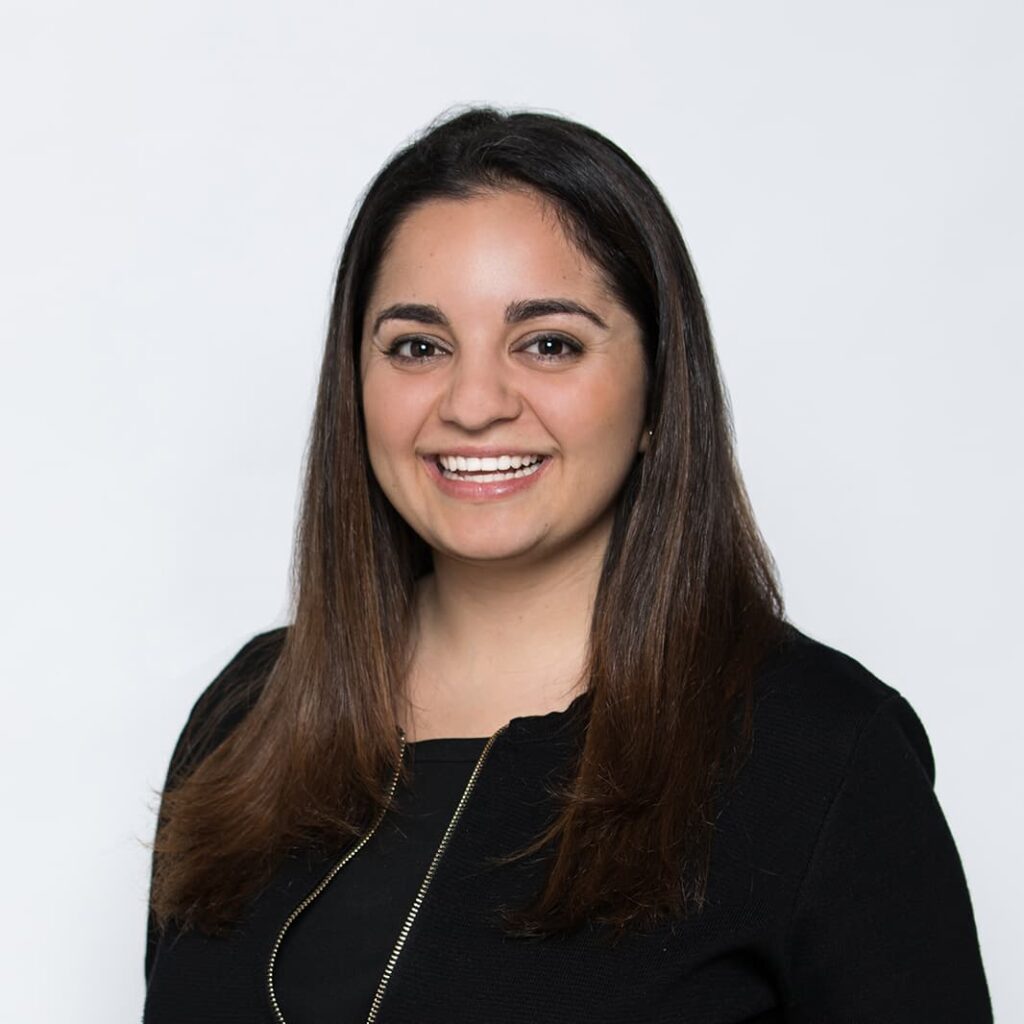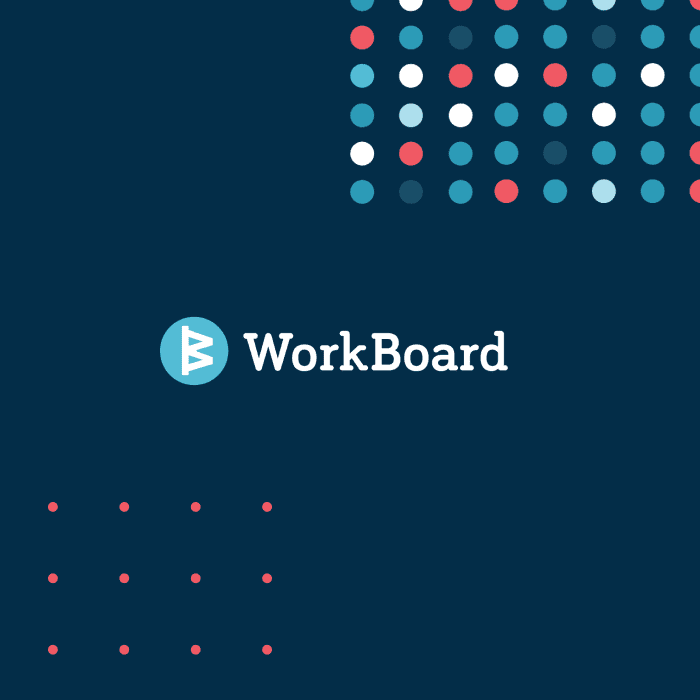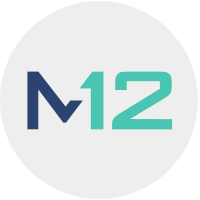In the summer of 2020, M12 adopted portfolio company solution WorkBoard, an OKRs software tool, to keep our globally distributed team focused and accountable. During a period of entirely remote work, WorkBoard enabled our team to better articulate priorities, identify opportunities for cross-team collaboration, and quickly onboard new teammates to the business.
WorkBoard’s Sameera Moinpour, VP Strategic Services, recently led a session for M12 portfolio companies on OKR methodology and the opportunity for startups to leverage the approach to maximize growth. Sameera has a decade of experience launching and leading OKR programs at companies of all sizes—from market-leading enterprises to early-stage startups.

Your company’s bold vision cannot be achieved by one person. These bold visions are achieved by inspired, ambitious thinking, high urgency, and sharp focus.”
Sameera Moinpour | VP Strategic Services | WorkBoard
Sameera outlined that startups have a fixed number of people, a set amount of time to prove their value, and oftentimes, limited capital to deliver a product or service that wins over customers. Urgency is built into startup DNA, and clarity is required.
WorkBoard’s Outcome Mindset Methodology creates structure and rigor around that early-stage energy to get startup teams unified and headed in a productive direction. Here are the takeaways from Sameera’s session:
- Aspire and inspire – OKRs should be aspirational and inspirational. The objective should be motivating, and the key results are the best possible results. If you were to achieve peak-level success, what would that look like? Do these OKRs get your team excited about the work ahead?
- Accelerate with radical clarity – Talking about a team’s work and goals can get messy. Egos get challenged, and precious workstreams are examined—sometimes called into question. Put the time in to have hard conversations. Talk about trade-offs, be honest about what’s measurable, and get real about what matters.
- Maintain a fast, focused pace – While an objective can be unchanged and long-standing, key results should be delivered in a short amount of time—most likely a quarter. That’s 90 days; beyond a quarter, we are—at best—guessing at what we might achieve. There’s no time to lose if you have three months to deliver. Embed OKRs into your team business rhythms to keep them top-of-mind. “Set and forget” isn’t an option.
- Localize and commit to transparency – OKRs for an entire company are not necessarily the OKRs for individual teams at the organization. While groups should create OKRs in service of broader company goals, OKRs should be localized and relevant to a team’s charter. Transparency across these subgroups will drive broader organizational momentum, uncover duplicative workstreams, and identify any gaps between leadership goals and actual work output.
- Teams are the engine of value creation – Think beyond your org chart. Pods, squads, and working groups can be setting shared OKRs across hierarchical or reporting structure bounds.
OKRs are a tried and trusted way to create clarity and drive accountability. A fast-paced, quarterly focus aligns teams to the business challenges and opportunities that matter most. Build OKRs into your regular operating rhythm and set aside time to reflect on what you learned. Authorship equals ownership; inclusive processes where all team members participate drive a higher degree of accountability to deliver business results.
To learn more about how you might use OKRs to drive clarity and responsibility at your company, watch WorkBoard CEO and Co-founder Deidre Paknad’s Outcome Mindset webinar on demand.
To request a WorkBoard demo, visit their website.

